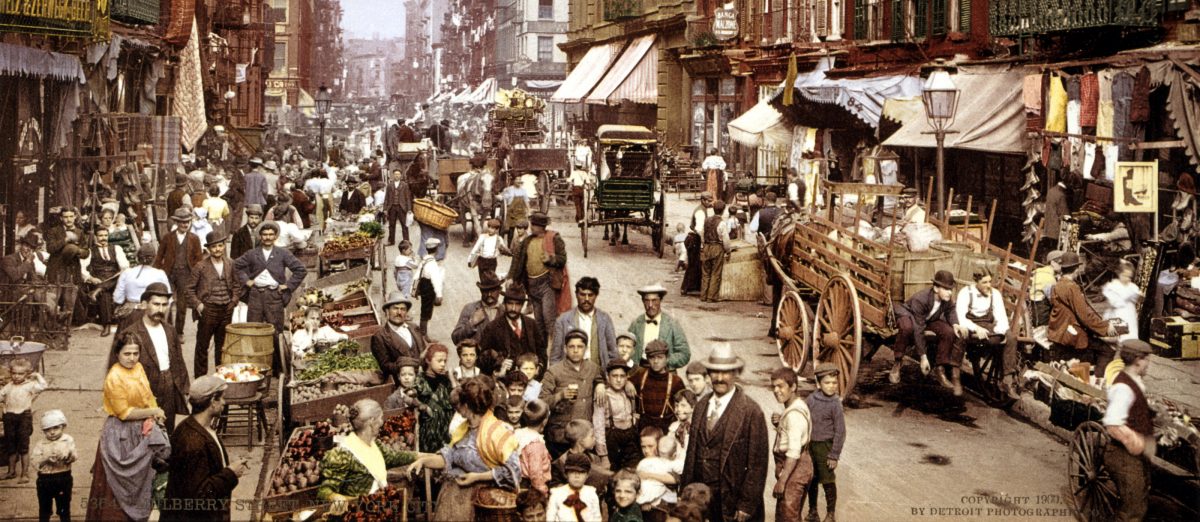Gina Bellafante, who is usually an acute and sensitive observer of New York’s community life, wrote a somewhat misdirected column about the city’s retailing environment for Sunday’s Times.
The column portrays sympathetically several long-time Manhattan retailers who have been forced to close shop, or might soon, because of the high cost of rental space. And they are sympathetic! However, the column identifies the City’s Commercial Rent Tax (CRT) as a contributor to the rent inflation retailers have faced and hence to the corporate homogenization of the city’s streetscape. There are several problems with this premise, not the least of which is that the CRT probably doesn’t contribute much, if at all, to the high rents for retail space.
The CRT, initially imposed in 1963 and modified a number of times since, effectively imposes a tax of 3.9% on commercial rent payments that exceed $300,000 annually. The tax applies only in Manhattan below 96th Street and phases in beginning at the $250,000 benchmark. The tax raised $816 million in the City’s 2017 fiscal year which, somewhat astonishingly, represented only about 1.5% of its tax revenue.
A savvy newcomer might ask why levy this tax at all, doesn’t it do more or less what a conventional property tax on commercial buildings does? The answer is yes, it does, but its origins and continued usefulness lies in New York State’s constitutional limit on how much property tax revenue municipalities in the state can raise. In New York City’s case, that limit is 2.5% of the 5-year average of the full value of real property within it (with some complicated adjustments). The City has periodically bumped against that cap, so having a revenue source that is similar to a property tax, but which is not subject to the cap, is fiscally useful.
